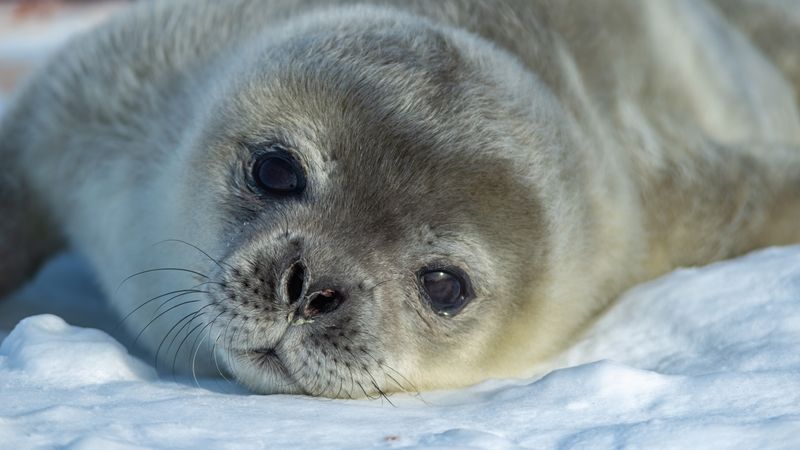The yellow-billed hornbill, a close cousin of the bird that inspired Zazu from The Lion King, is facing local extinction due to the climate crisis.
A new study, published in the journal Frontiers in Ecology and Evolution, has reported the steady population collapse of the southern yellow-billed hornbill (Tockus leucomelas) in their native land of the Kalahari Desert, Southern Africa, between 2008 and 2019. Its demise is almost certainly linked to rising temperatures across much of their natural habitat, the researchers say.
The yellow-billed hornbill is a relative of the red-billed hornbill, best known as the uptight bird played by Rowan Atkinson in the 1994 Disney film The Lion King and John Oliver in the 2019 revamp. The birds are also said to play a significant role in the mythology and spirituality of some local cultures in Southern Africa.
The species is notable for its fairly unusual breeding behavior. The southern yellow-billed hornbill is a socially monogamous species, opting for long-term relationships with a single individual. Once the male southern yellow-billed hornbill strikes up a relationship and has mated, it will stay with its mate and help to defend the nest.
As temperatures continue to creep upwards, this breeding strategy is being put under more and more strain.
When comparing the first three seasons between 2008 and 2011 to the last three between 2016 and 2019, the researchers found that the average percentage of occupied nest boxes declined from 52 percent to 12 percent.
The number of successful breeding attempts declined from 58 percent to 17 percent, and the average of chicks produced per breeding attempt decreased from 1.1 to 0.4.
The researchers argue that this is strongly tied to rising temperatures in the area associated with climate change. When high temperatures hit, above 35.7°C (96.26°F), no successful breeding attempts were seen. It was also clear that failed breeding attempts were directly correlated with the number of days air temperatures got too high.
If this continues, significant parts of Southern Africa are unlikely to see southern yellow-billed hornbills by the end of the decade.
“Much of the public perception of the effects of the climate crisis is related to scenarios calculated for 2050 and beyond,” Dr Nicholas Pattinson, lead author of the study from the University of Cape Town, said in a statement. “Yet the effects of the climate crisis are current and can manifest not just within our lifetime, but even over a single decade.”
“Despite no striking large die-off events, our prediction in this study is that southern yellow-billed hornbills could be extirpated from the hottest parts of their range as soon as 2027.”




